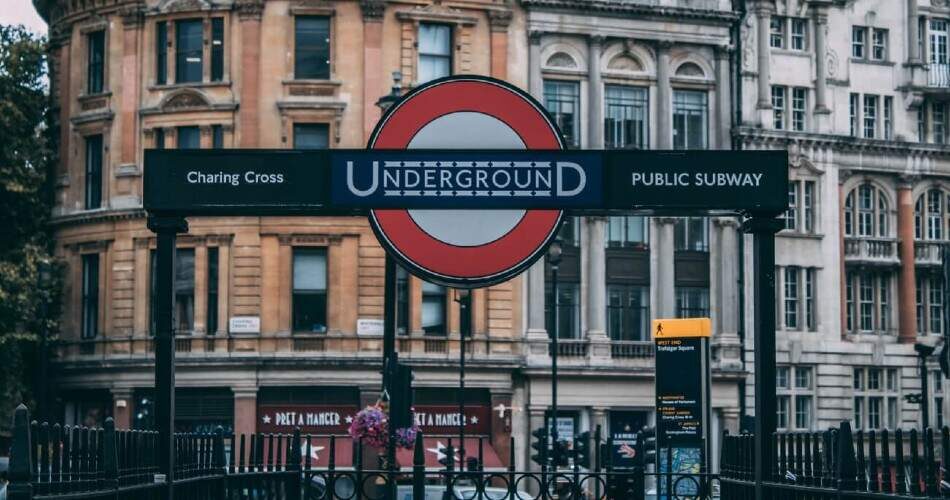Estimated reading time: 2 minutes
With its 11 lines, the network of the London Underground is one of the most extensive in the world. Practically, wherever you are, there will be a metro station very close. Londoners use the word “Tube” and, to a lesser extent, “Underground”.
Zones
London is divided into 9 radial zones that start in the historic center. 95% of tourist attractions are located in zones 1 and 2. Heathrow Airport is located in zone 6.
When buying a metro ticket, it is necessary to know in which area the origin and destination stops are located. As we have said, from a tourist point of view, unless you are staying far from the center, the usual ticket is for zones 1-2.
Prices
The following tickets are valid in all indicated areas. For example, the one in zones 1-3 allows you to take the metro in zone 3 and exit at 1.
- Zones 1-3: £ 4.80.
- Zones 1-5: £ 5.80.
- Zones 1-6: £ 6.00.
Since single tickets have a fairly high price, we recommend the use of Oyster card or Travelcard.
Schedules and frequencies
The schedule of the London Underground is, approximately, from 5:00 to 00:00 hours. This schedule is the departure of the trains, so, in many lines, they continue to circulate until almost 1:00 in the morning.
On Fridays and Saturdays some lines work 24 hours a day.
The frequency depends on the line and the time of day, but if you move around the center of London, normally you will not have to wait more than 2 or 3 minutes.
DLR and London Overground
DLR (Docklands Light Railway) and London Overground are two additional lines that, although they have different names, in practice are fully integrated with the London Underground, so it could be considered that the network is composed of 13 lines.
From a tourist point of view, the greatest interest of these lines is that the DLR reaches Greenwich.
If you want to find out what kind of money is accepted on the London Underground, check out our article on this topic: The London Underground no longer accepts cash.
[Photo from Unsplash]
